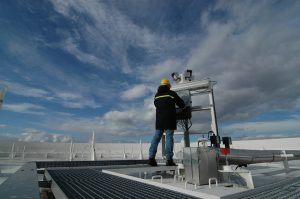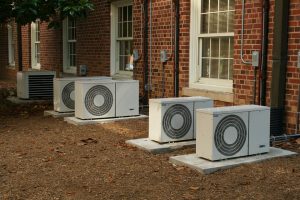Five Keys To Improving Your Commercial Refrigerator Repair In Your Restaurant
As a restaurant owner, there are few worse feelings on a hot summer day than opening your walk in refrigerator just to get a blast of hot air or hardly any airflow.
It could be that the commercial refrigeration system only needs to be recharged or that it has a small leak. On the other hand, it could be a major breakdown that requires more expensive repair.
For restaurant owners, restaurant equipment repair in which the origin of the problem has to be traced can be one of the most expensive and strenuous tasks.
 Know the system
Know the system
The walk in refrigerator of a commercial business works by creating a super cold element and then circulating air over this element and inside the vehicle to remove hot air.
Circulation is the product of a fan.
The difficult part is creating the cooling element which is achieved by the transition of an A / C refrigerant through a series of gaseous and liquid states that freeze it.
Know the pieces
Most walk in coolers consist of five basic components, along with sensors and cooling lines. A good understanding of these components is essential for commercial refrigeration repair. These components are:
Compressor: as the name suggests, the compressor pressurizes the refrigerant and is the first and last stop in the air conditioning process.

Condenser: The condenser works like a miniature radiator: it cools (removing heat) and then liquefies the compressed hot gaseous refrigerant as it passes. The condenser is usually located near the radiator of the vehicle, sometimes directly in front of it. Like the radiator, the condenser is sometimes equipped with a fan.
Thermal expansion valve: This valve controls the flow of liquefied coolant, which allows the technician to determine how cold the air will be when entering the commercial business.
Evaporator: The evaporator is another type of radiator, very similar to the condenser. The evaporator, however, reverses the work done by the condenser. The liquid refrigerant “evaporates”, turning it back into a gas that cools the evaporator fins. The air blown beyond the fins freezes and is transferred to the business where the interior cools. The refrigerant remains in the evaporator until it begins to heat and loses its cooling effect.
Have the right tools
Most damaged commercial refrigeration systems experience some type of leakage, which means that refrigeration technicians will use a UV dye kit to identify where the coolant leaks.
Electronic refrigerant leak detector
Sometimes a UV dye game does not reveal a leak. An electronic leak detector can check the entire system in minutes, including the evaporator.
A / C meter set
The determination of pressure readings in the upper and lower part of a walk in cooler is essential for troubleshooting, so this tool is very necessary to address walk in refrigerator repair. Newer systems include anti-recoil features, but technicians must still wear safety glasses.
The repair of defective commercial air conditioning systems and their maintenance can generate significant revenues.
Consider assessing the air conditioning system in each commercial establishment, especially those with more than three years or more than 100,000 kilometres.
Over time, many of these systems need recharging to return them to adequate functional levels. Commercial Refrigerators that are not maintained pose significant and potentially costly problems for business owners.
